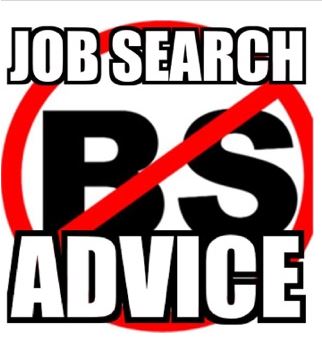
by Ed Evarts | Oct 14, 2020 | Interviews
Ed joins Jeff Altman on the No B.S. Job Search Advice podcast to talk about “Starting a New Job: Ideas for Launching in Your New Role.” Jeff Altman, The Big Game Hunter is a coach who worked as a recruiter for what seems like one hundred years. His work...

by Ed Evarts | Dec 12, 2019 | Reputation, Visibility and Value
The frequency and pace of change in your organization, the exponential growth of your professional transparency, your lack of energy to connect with others while employed (visibility), and your lack of energy regarding your performance assessment (value), all create...

by Ed Evarts | Nov 26, 2019 | Visibility and Value
The pace of change in organizations is just another reason why networking and performance appraisals are less effective for employed business professionals. The norm is now to do more with less, and do more, faster. Listen to Virginia Rometty, the Chief Executive...

by Ed Evarts | Sep 26, 2019 | Visibility and Value
The competitive global marketplace shows little mercy for organizations that are slow to raise the bar for their customers and their employees. Business value tied to external marketplace drivers tend to be strategically focused and is created by: Anticipating changes...

by Ed Evarts | Sep 10, 2019 | Visibility and Value
In order for an organization to obtain value from you and for you to raise your value in your organization, you must capitalize on either an existing way of creating value or identify new ways to create value. Ways you can create value By continuing value creation in...











